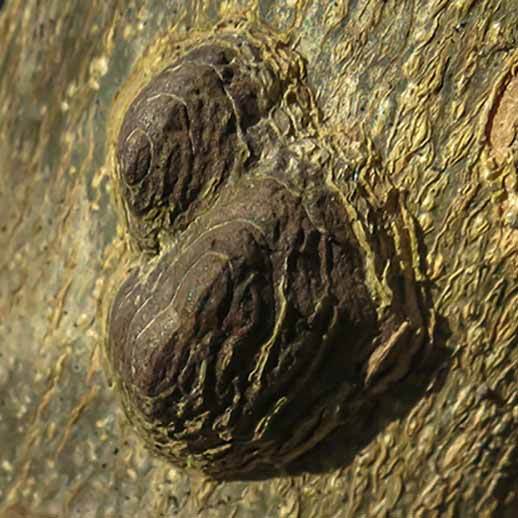
ZANTHOXYLUM SPP. (Z. AMERICANUM, & Z. CLAVA-HERCULUS)
Prickly Ash
Heart Support
Immune Support
Foundational Support
WHAT IS IT?
The Prickly Ash tree is native to North America, where the bark of these American trees has been used as medicine for hundreds of years. The genus
WHAT IS IT USED FOR?
Prickly Ash's traditional use was to stimulate the body when it was feeling sluggish and still today plays an important role in this manner. Eclectic physicians used
More products with Prickly Ash
Active Consituents
The primary chemical constituents of Prickly Ash Bark include essential oils, fat, sugar, gum, alkaloids such as fagarine, magnoflorine, laurifoline, nitidine, chelerythrine, as well as tannins, coumarins and xanthoxylin, and the alkylamide Neoherculin.
Parts Used
Bark
Additional Resources
1.) Newall CA, Anderson LA, Philpson JD. Herbal Medicine: A Guide for Healthcare Professionals. London, UK: The Pharmaceutical Press, 2.) Yang ZY, Pei J, Liu RM, et al. Study on enhancing bioavailability of paeoniflorin by combined use with Chinese herbs for inner-warming. Zhongguo Zhong Xi Yi Jie He Za Zhi. 2005 Sep;25(9):822-4. Photo by Forest & Kim Starr.
Important Precautions
Not for use during pregnancy or lactation. If you have a medical condition or take pharmaceutical drugs please consult your doctor prior to use.
Disclaimer
This information in our Herbal Reference Guide is intended only as a general reference for further exploration, and is not a replacement for professional health advice. This content does not provide dosage information, format recommendations, toxicity levels, or possible interactions with prescription drugs. Accordingly, this information should be used only under the direct supervision of a qualified health practitioner such as a naturopathic physician.
Why Gaia Herbs?
Plant-Powered
Harnessing traditional wisdom, delivering Nature's vitality
Potent
Full spectrum formulas for an herb's full array of beneficial compounds
Purity Tested
All products are screened for pesticides, microbes & heavy metals
Transparent
Know what's in your supplement— Meet Your Herbs to learn more